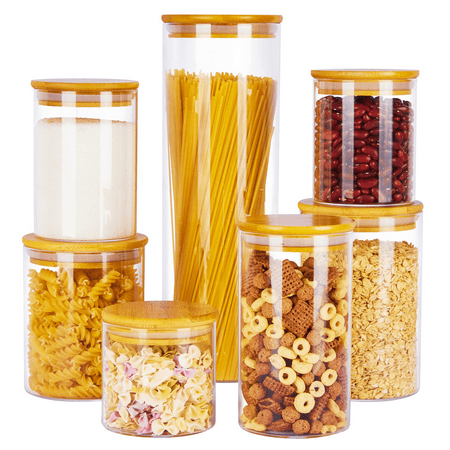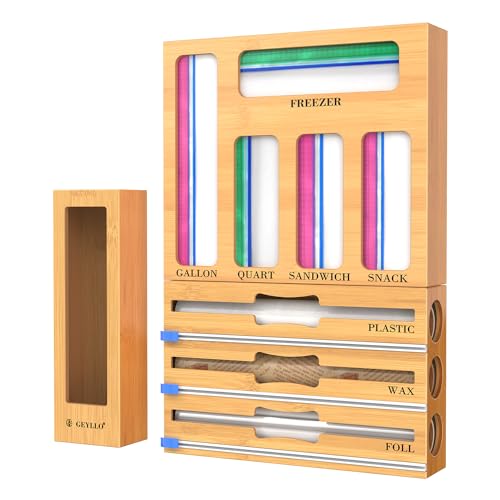I organized my kitchen cabinets into zones and cooking has never been easier
Learn how to organize your kitchen cabinets into helpful zones to streamline cooking and meal prep.
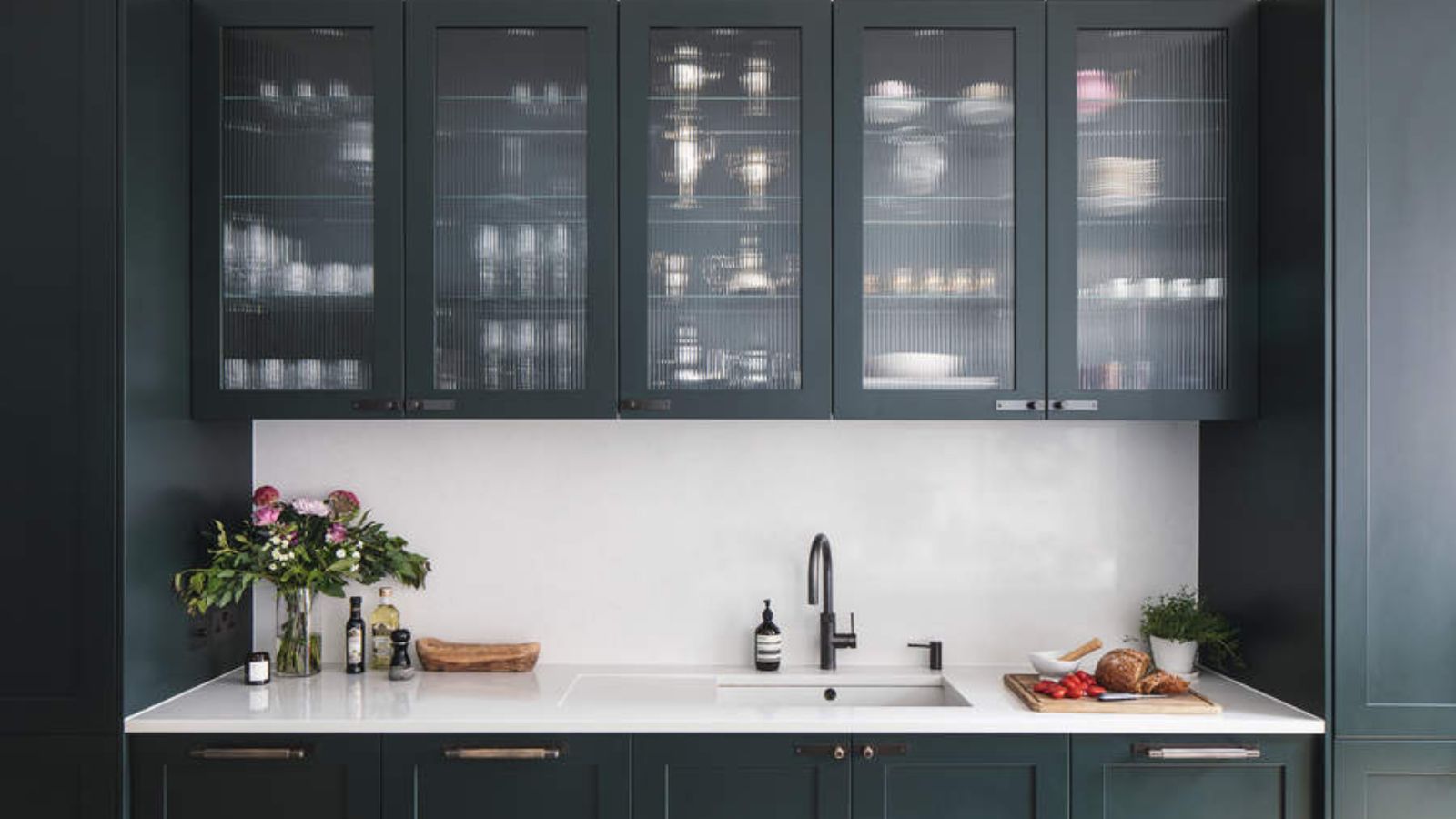

As someone who loves to cook and host friends, I can attest that an organized kitchen is a productive one. Trust me, knowing which cabinet contains your best dishes and which one houses your measuring cups will revolutionize how you cook and clean in this hardworking space.
But while you’ve probably heard of the key zones of kitchen organizing, you may not have applied these zones to organizing kitchen cabinets themselves.
I consulted with professional home organizers to rework my cabinet spaces so that they worked harder for me. Keep reading to find out how to apply this technique to your cabinets at home.
Zone 1: Everyday Essentials
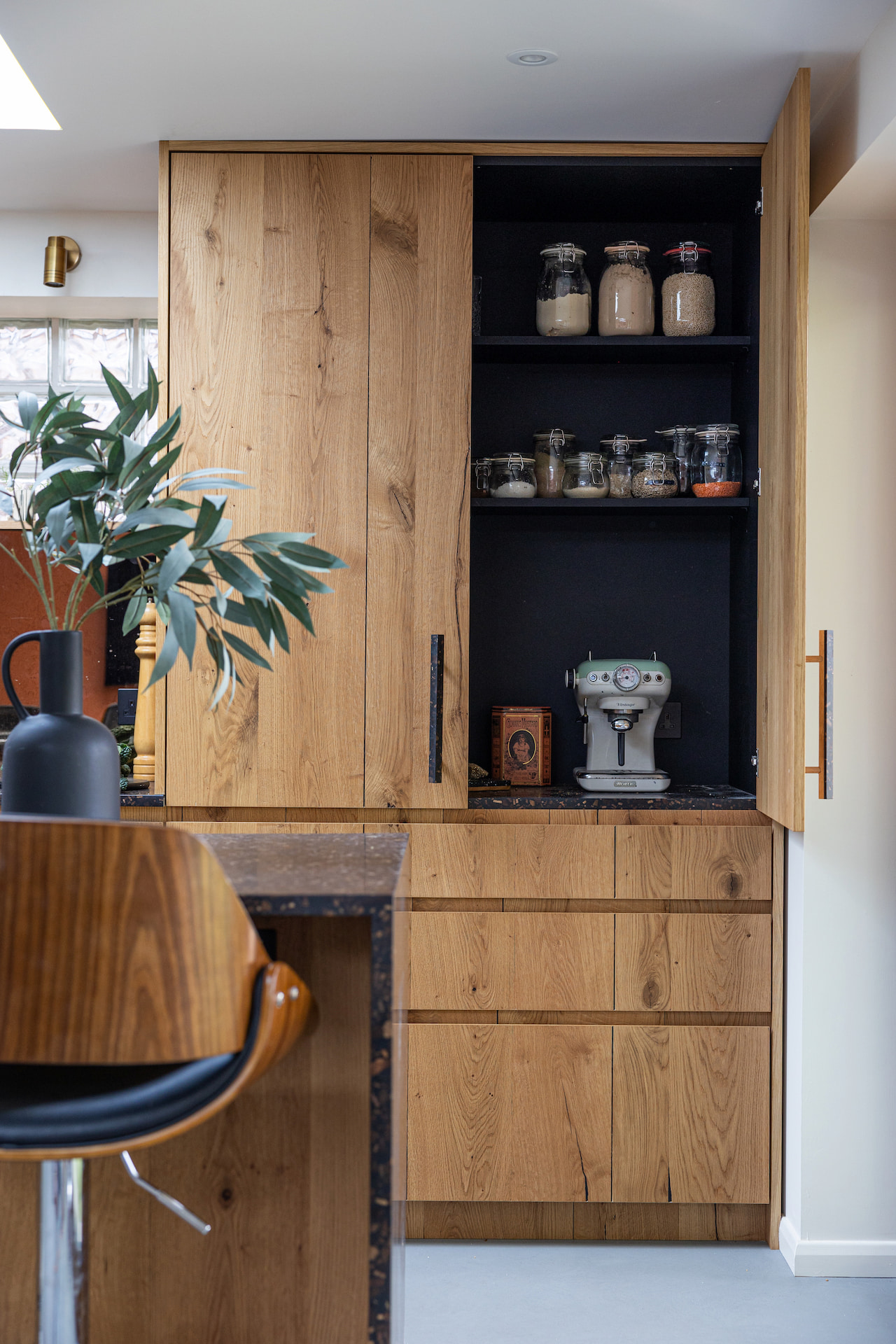
After chatting with professional organizers, I moved my everyday kitchen essentials to the cabinets and drawers closest to the dishwasher. This strategic location makes unloading the dishwasher quicker and more convenient, ensuring that your most-used items are always within easy reach.
I store the plates, bowls, glasses, and mugs I reach for daily in the upper cupboards of this zone, and my cutlery and serving utensils are now stored in the drawers below this cabinet.
Christian Pfeiffer, professional organizer at Valley Organizing, also recommended investing in drawer dividers and organizers to keep everything neat. ‘Vertical dish racks can help you stack plates upright, adding a pleasing aesthetic feel,’ he explained. ‘Shelf risers are great for stacking plates and mugs, maximizing cabinet space.’
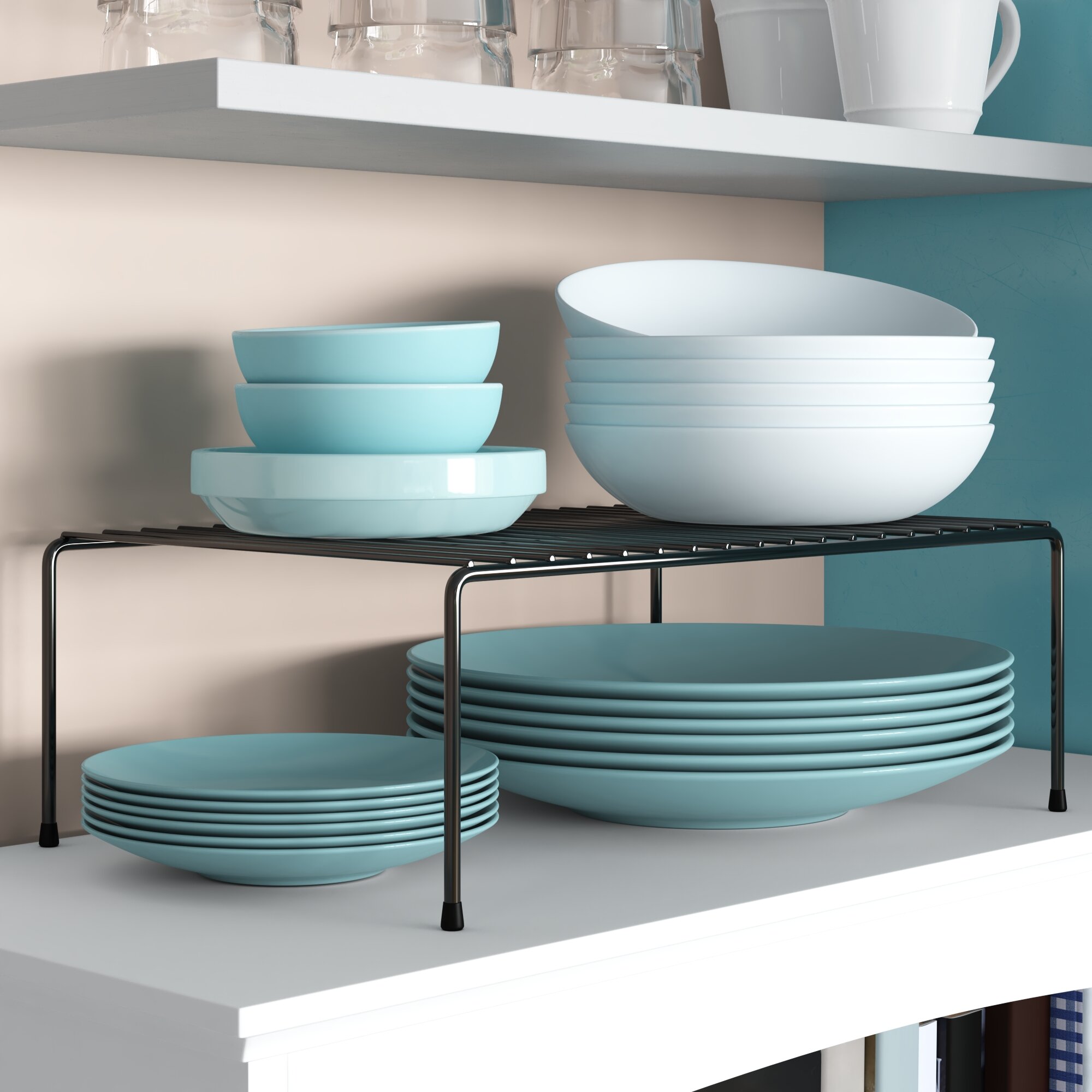
I like to use a shelf riser in my 'everyday essentials' zone, as it makes it easier to see what dishes are clean and ready for use.
Zone 2: The cooking zone
The cabinet that houses most of my cooking essentials – such as my most-used spices, cooking tools, and oils – is now conveniently positioned next to the stove. This allows me to have all my go-to items close by when preparing meals and reduces the number of steps I need to take during the cooking process.
In the upper cupboards of this zone, I keep my cooking oils on a lazy Susan for easy access, and I’ve organized my spices on a riser. Christian Pfeiffer recommended going a step further, categorizing spices according to their flavor profile and labeling everything for easy access.
Heather Aiello, Founder of The Organized You, recommended placing my most frequently used items and ingredients in easily accessible locations, such as eye-level on shelves. ‘Less frequently used items can be stored on higher or lower shelves,' she explained. 'Use turntables in corner cabinets or for condiments and small jars to make them easier to reach.’
I also moved my baking sheets, pots, pans, and larger cookware into the lower drawers and cupboards of this zone. These bulkier items are best kept low to the ground so that they’re easy to see and don’t come crashing down on you midway through meal prep.
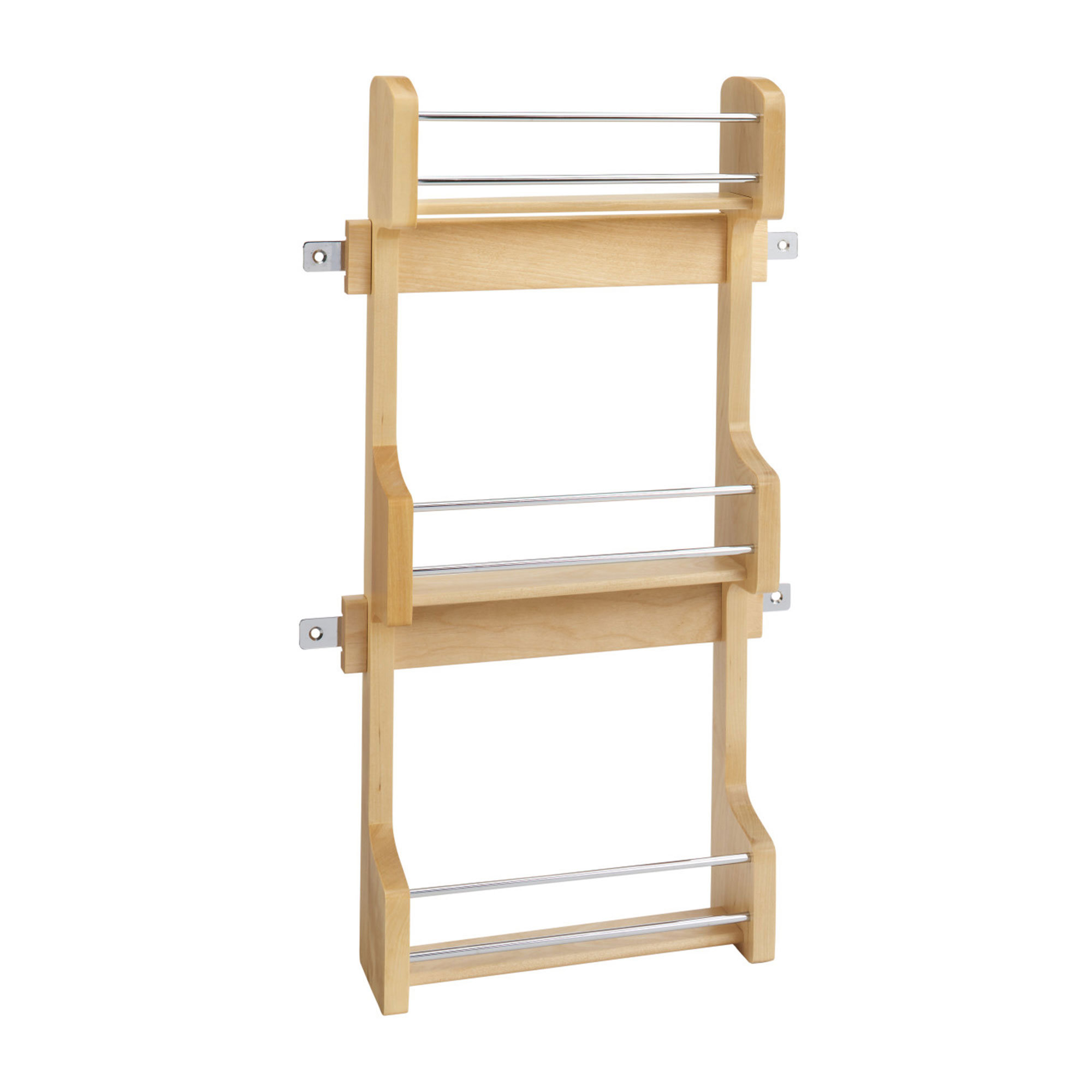
You could use a wall mounted spice rack on the inside of your cabinet door to make it easier to see what herbs and spices you have.
Zone 3: The prep zone
Speaking of meal prep – a well-organized prep zone can make or break a dinner party. Ideally, this kitchen zone should be situated in an area with ample counter space – such as a kitchen island – as this setup provides plenty of room to spread out and work comfortably.
In the upper cabinets and drawers of my prep zone, I store smaller tools like graters, peelers, rolling pins, cookie cutters, knives, and mixing spoons in clear, labeled containers. In the lower cabinets, I've organized larger prep tools such as cutting boards, mixing bowls, measuring cups, and colanders. This helps to keep everything at my fingertips.
Christian Pfeiffer recommended sliding pull-out racks and drawers as the most convenient solution for quick and easy access to pots and pans: 'For heavier pots and pans, mount sliding pull-out racks inside your kitchen cabinet. With adjustable dividers, wire sliding pull-out racks offer options to accommodate lids of various sizes.’
Top tip: You could also store pot lids in a lid-holding sleeve mounted to the inside of your cabinet door.
Zone 4: Food Containment
The kitchen cabinet nearest my refrigerator is still home to food storage essentials such as food containers and mason jars. I keep these items here to make packing leftovers and prepping lunches much easier.
I’ve also started using the pull-out drawer beneath the cabinet to contain all my plastic baggies, aluminum foil, cling wrap, and parchment paper. These are all conveniently contained within organizers from Amazon (see below).
Top tip: Secure the lids on empty containers to avoid a mess and save space.
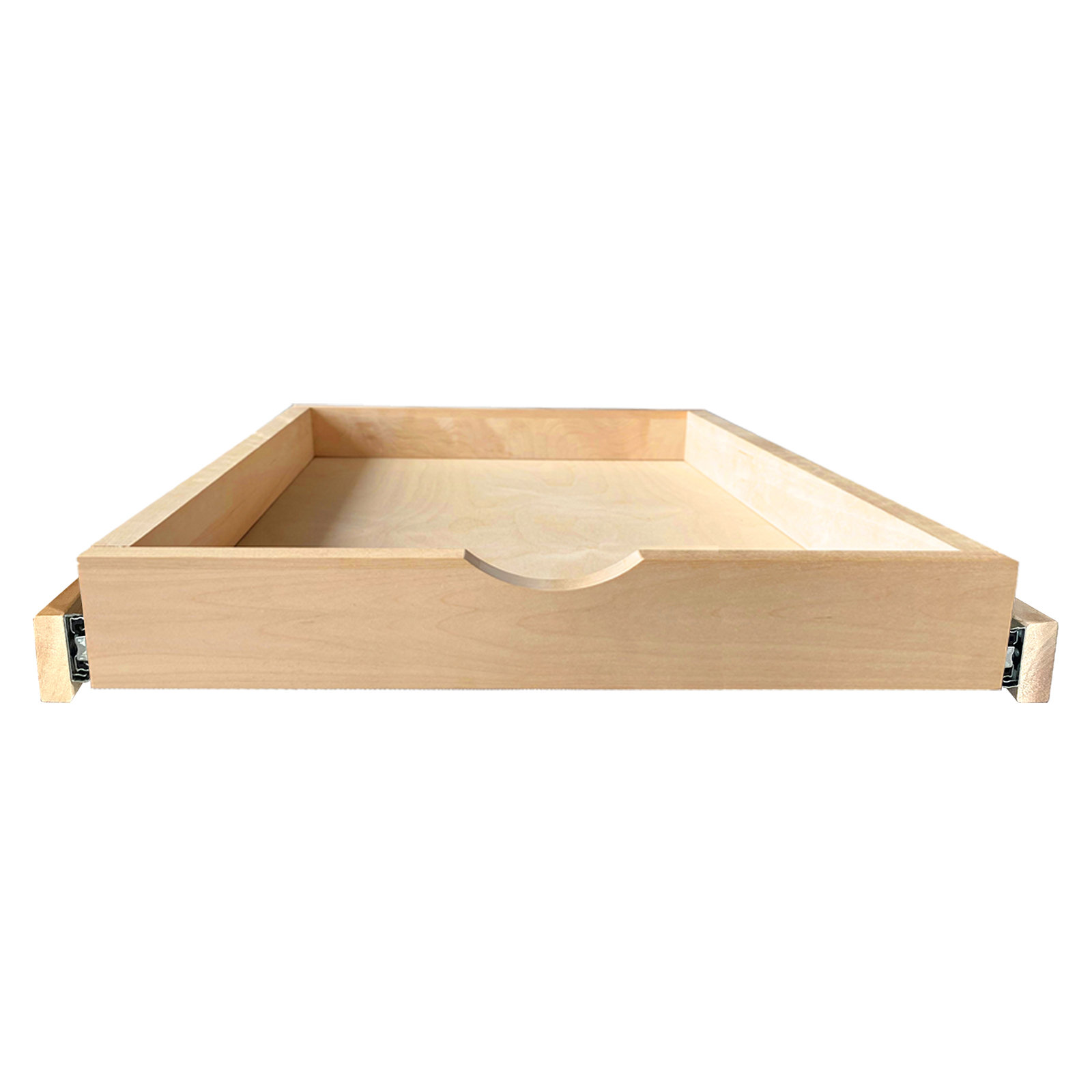
In my lower kitchen cabinets, I've installed 'slide out' features like this pull-out Malaree shelf. There's no assembly required and it allows me to see what I have inside the cupboard without having to bend too much in the process!
FAQs
Do you have to follow these specific zones?
While you don’t have to stick to these specific zones, Heather Aiello, Founder of The Organized You, advises storing items close to where they are used most frequently:
‘Keep pots, pans, and cooking utensils near the stove. Think about where the dishwasher is located and store your plates, glassware, and flatware close by,' she explains. 'I keep all baking supplies in one cabinet and cooking spices in another. Use clear bins or baskets to contain smaller items, making them easier to find and access.'
Follow this simple rule to organize kitchen cabinets to improve traffic flow.
How do you organize appliances?
Meaghan Kessman, Founder of Meaghan Kessman Home Organization, suggests creating an 'appliance zone' as well. She recommends separating this zone into two areas based on the frequency of use: ‘For the appliances you use frequently, make sure this cupboard has an outlet nearby and store these appliances in the lower cabinets for easy access.'
‘For appliances used less often, utilize the upper cabinets or harder-to-reach areas,' Meaghan continues. 'This way, your frequently used appliances are always within reach, while those used occasionally are still organized and accessible when needed.'
To keep your kitchen organized, periodically go through them to remove expired items, duplicates, or things you no longer use. This helps keep your space uncluttered and efficient.
Sign up to the Homes & Gardens newsletter
Design expertise in your inbox – from inspiring decorating ideas and beautiful celebrity homes to practical gardening advice and shopping round-ups.

Thomas Litten is a freelance food and drink writer whose articles and product reviews have been featured in a variety of national publications. His introduction to food and drink came through the hospitality sector, running bars for Michelin-starred restaurants. This experience, plus a love of good food, wine, and spirits, led to a career selling premium drinks to high-end restaurants and later providing consultancy services to food and drink start-ups across the UK. Now, based in southwest England, he mainly divides his time between working for a leading bakery business, visiting coffee shops, and collecting and writing about kitchen gadgets.
-
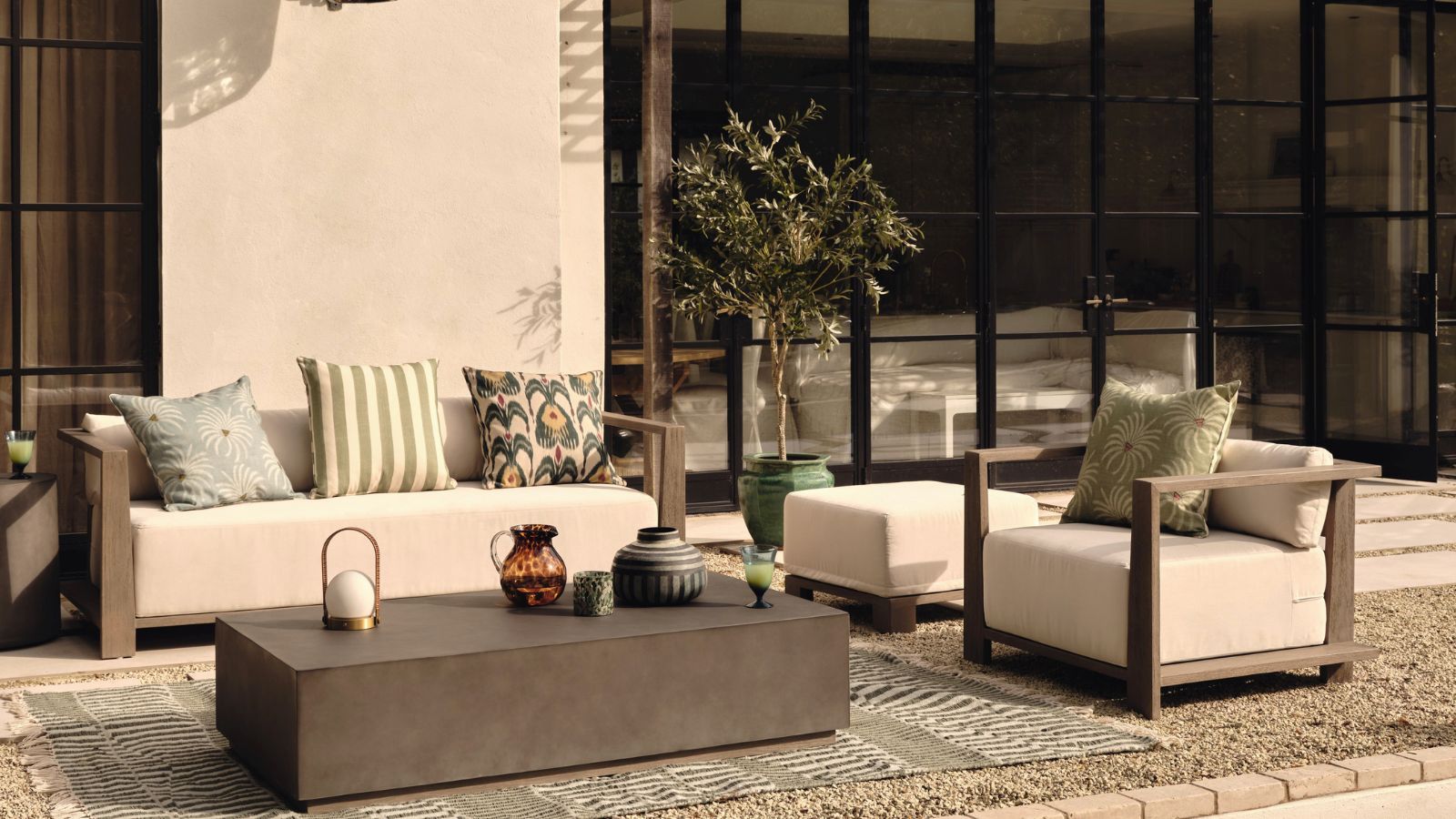 I tried the baking soda trick to quickly and naturally clean my outdoor rug – it’s now set for Easter outdoor hosting
I tried the baking soda trick to quickly and naturally clean my outdoor rug – it’s now set for Easter outdoor hostingBaking soda is perfect for lifting dirt and debris
By Eve Smallman
-
 Drew Barrymore's striped sofa is her most elegant design to date – it oozes East Hampton elegance in time for summer 2025 (and is under $384)
Drew Barrymore's striped sofa is her most elegant design to date – it oozes East Hampton elegance in time for summer 2025 (and is under $384)This subtly striped linen sofa anchors any living room while feeling light and casual – it looks so much more expensive than its price tag
By Megan Slack
